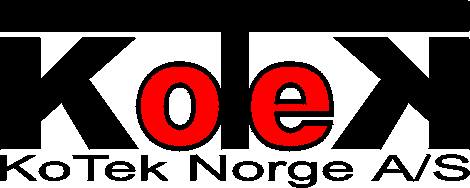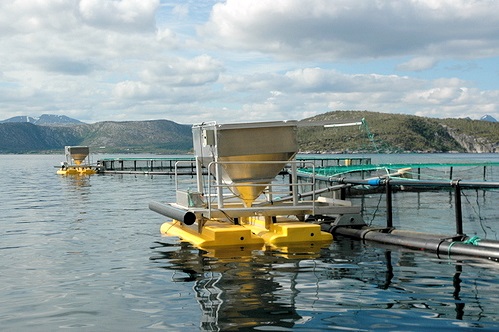Company: Kotek
Industry: Fish Farm Feeding System
Company: Kotek
Industry: Fish Farm Feeding System


This fish farming project is developed by a company known as Kotek based in Norway. Kotek “aims to be at the forefront when it comes to competence and availability in control and regulation of electric motors.” This experience dates back 25 years.
This control project is a fish farm feeding system that has been implemented in many locations around the world. For example, in the north of Europe in countries such as Norway and Scotland. The control solution has also been implemented for clients in locations such as South America, Canada, and China. With this in mind, this case study will focus on Kotek using Horner products to implement such solutions in general rather than one stand-alone implementation. The solution has been sold for many years.
Using Horner’s WEBMI software and a range of controllers, Kotek has sold over 100 systems controlling with up to 96 feeder screws. These projects tend to take 1-2 months to implement.
Kotek tends to work with salmon but the system can work with other fish species such as halibut. The systems used can handle up to 96 fish tanks. The fish farming projects can be used to feed a few grams to small fish or can supply enough to feed several tons of fish a day.
The general premise of fish farming is to raise fish in enclosed areas who are eventually sold for commercial purposes as food produce.
Creating a standardised solution. This standardisation is based on a pulse-pause technique. Standardization is important as projects may need to be scaled up with increasing demand. The mechanical feeders that feed the system need to automatically release the right amounts of food at the right time and in the right locations to ensure a fair distribution of food and maximum return on investment.
A second consideration is that many different systems need to work in tandem. Kotek works with the feeding of fish but this system, needs to work alongside other systems that measure other factors such as water quality, temperature, and light conditions.
The final challenge is to create a user-friendly solution. This means having an intuitive user interface. This is done by having a long dialogue with the users during the design. This interface is then displayed on the Horner controllers used for the project.
One reason for using the wide range of controllers was due to their varying screen size. Bigger projects that have more feeders to track require bigger screens to track the projects progression.
The use of internal serial numbers also made it possible to protect the system from any potential hackers. For example, indirect addressing provides an opportunity to build a database program. The indirect addressing also allowed for programming that made the system very secure from any potential hackers.
Horner controllers also offer a wide range of flexibility. For example, the xl4, xl7 both have 22-44 built in I/O points and offer Cscan and Ethernet as add on. Both can used to monitor a project remotely.
The Horner hardware and software help Kotek to monitor several factors. For example, the feeding profile and the amount of food given out over a period.
The primary aim is to get as many fish at the desired weight for market as possible from of the food supply provided to them. The only way to achieve that is to control a few parameters that are determined by the operators. For example, the operator decides how to conduct the feeding through the day. This means the operator decided how much food supply should increase as the fish grows. This is automated in the Kotek system.
Kotek summed up their relationship with Horner as followed. “Our relationship with Horner is a long story. It started up when Control Techniques started using Horner as their HMI system. I discovered the possibilities and took it from there. The programming is quite intuitive if you have some PLC experience beforehand.”
By the end of a fish farming project, a fish farming project will be fully automated and will only require minor operator interference.